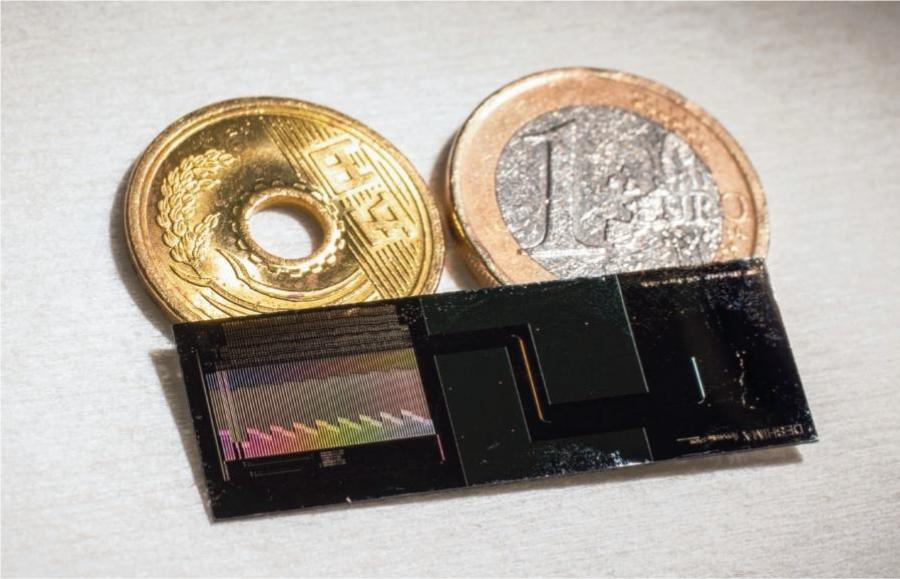EE4745 Superconducting astronomical instrumentation
Astronomical signal detection is one of the most extreme areas of electrical engineering, involving scales ranging from nanomerters to gigaparsecs in length, microseconds to gigayears in time, and >10^40 W to zeptowatts in power. Indeed, the quest to detect the faintest signals from the most distant objects in our Universe involves a continuous push in what human can observe. Exposure to such radical problems should expand the scope and imagination of enthusiastic Delft students who do not wish to stay within the limitation of current technology.
Detection of light, or electromagnetic waves, is one of the most fundamental methods of sensing, yet the correct understanding of the interaction of light and matter (the detector) requires careful analysis, especially when it comes to detecting signals that are so faint that the quantum nature of light become significant. Through the first part of the course, students will learn fundamental concepts for describing the process of the emission and detection of light from astronomical sources, for example basic astronomical emission processes including black-body radiation, photon bunching, Noise Equivalent Power and noise temperature.
One of the earliest yet still most active areas of application of superconductors is astronomical detectors. Nowadays, the extreme sensitivity of superconducting circuits is also being actively utilized in the field of quantum computation. Indeed, one of the most promising architecture for a quantum computer involves the integration of large numbers of superconducting microwave resonators, which were originally inspired by microwave kinetic inductance detectors (taught in great depth in this course.) Students will learn the basics of superconductivity that is relevant for microwave circuits, and get an introduction to a commonly used EM simulator Sonnet lite, helping them also visualize the functionality of distributed element circuits and the effect of superconductivity.
Finally, as practical applications we will take microwave kinetic inductance detectors as an example of an incoherent detector, and hot electron bolometer mixers as an example of a coherent detector. TU Delft, in close collaboration with SRON Netherlands Insitute for Space Reasearch, are world-leading in the technology of both of these detectors, hence the students can interact with the true state-of-the art of superconducting astronomical detectors with ample live examples.
Teachers
dr. Akira Endo
Submillimeter Astronomy with Superconductivity and Nanotechnology
prof.dr.ir. Jochem Baselmans
Senior Instrument Scientist
Last modified: 2024-03-27

Details
| Credits: | 5 EC |
|---|---|
| Period: | 0/0/0/4 |
| Contact: | Akira Endo |